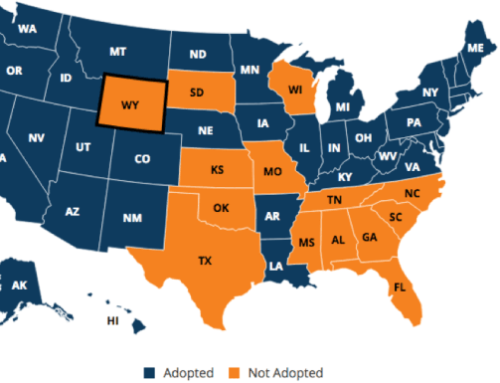The Affordable Care Act (ACA) was supposed to expand coverage to the uninsured and many politicians claimed this would result in lower use of “expensive emergency rooms” for the treatment of patients’ acute complaints. Ignore, for the moment, the controversy about whether or not the emergency department (ED) is an expensive or appropriate place for patients to seek care. A new survey [PDF] from the Center for Disease Control and Prevention (CDC), asked the question: Did the ACA actually reduce ED visits as politicians promised?1
Background
This presumption, that increased health insurance coverage would decrease ED visits, runs counter to 2 facts.
- Only one-fifth of patients visit the ED due to problems such as their doctor’s office being closed or lack of other providers. The vast majority goes to the ED because they (or any other prudent layperson) think they are having an actual emergency.
- A recent randomized experiment demonstrated that giving Medicaid to the uninsured in Oregon led to a 40% increase in ED visits.2
The CDC study did not answer the question about ED visit reduction
The authors used the National Health Interview Survey to assess patterns of ED use among adults age 18-64 in 2013 and 2014 — the years straddling the ACA’s major insurance expansions.1

Figure 1. Adults (age 18-64) with ≥1 visit to the ED in the past year, by number of visits, health insurance coverage status, and year: United States (2013 and 2014). Figure from 1.
Contrast these findings to the highly cited Oregon Medicaid experiment clearly demonstrated that the absolute number of total ED visits went up by about 40% during its Medicaid expansion at 18 months.2 This Oregon study also showed that the percent of patients with any visit, which is the same measure reported by CDC, also significantly increased by about 20%.
So why are the CDC and Oregon studies not in agreement?
Like any other scientific paper, the devil is in the details, or in academic-speak, the methods. The Oregon study results differ from the CDC study in that the former used an administrative database and the latter used patient self-report. A true comparison would require comparing the CDC data to self-reported ED visits. Fortunately, the Oregon researchers provided us that information as well (Figure 2). The in-person interview at 12 months showed no significant difference for patients getting Medicaid on ED visits.
So ultimately in the end, both the Oregon and the CDC study – looking at a 12 month period – found that patients did not report any significant change in the likelihood of visiting an ED.1,2 So where did this 40% increase in ED visits in Oregon come from? If you look at Figure 2, the administrative ED data at 18 months clearly show significant increases in percentage of patients with any ED visit and the total number of ED visits.
So maybe it’s true that Obamacare nationally hasn’t changed the overall number or likelihood of visiting the ED – which runs contrary to our predictions – but that might just be the results of the sampling method (self-report vs. administrative database) or too short an observation period (12 vs 18 months).
I would be willing to bet that when researchers look at the real numbers of how many patients actually went to the ED, not just what interviewees say they did (which is subject to recall bias), our predictions of a spike in ED visits will be corroborated.
Bottom line
To honestly answer the question – Did the ACA actually reduce ED visits as politicians promised? This CDC study did not clearly answer the question. What we need is a true analysis of the administrative records, free from recall bias.





